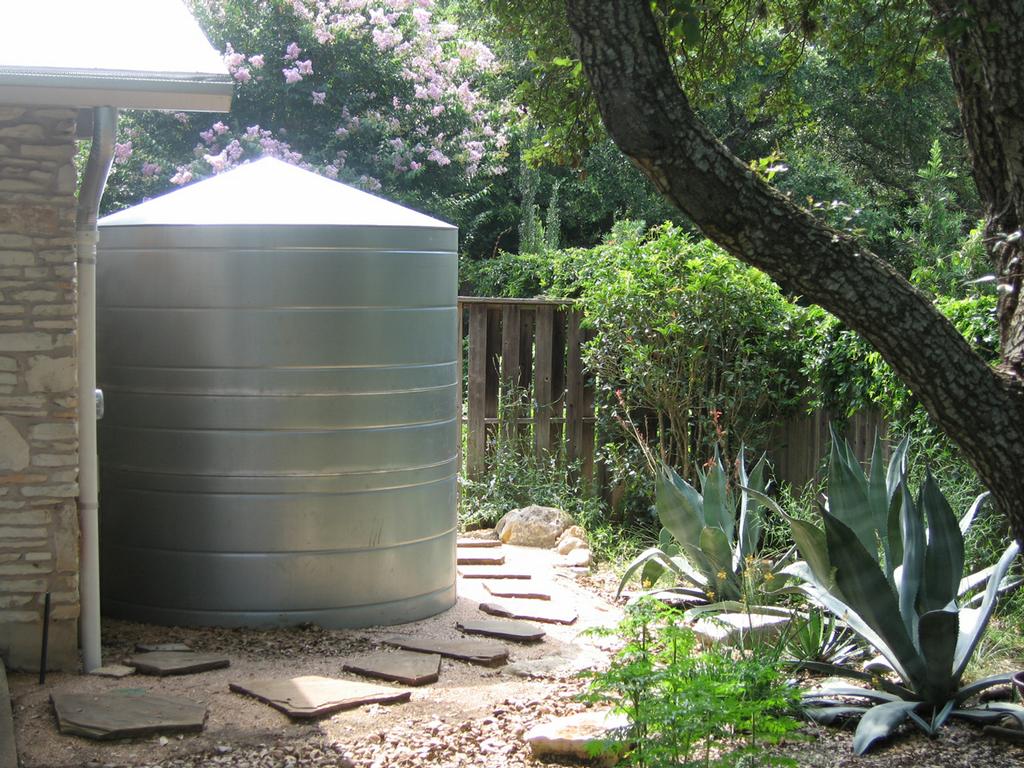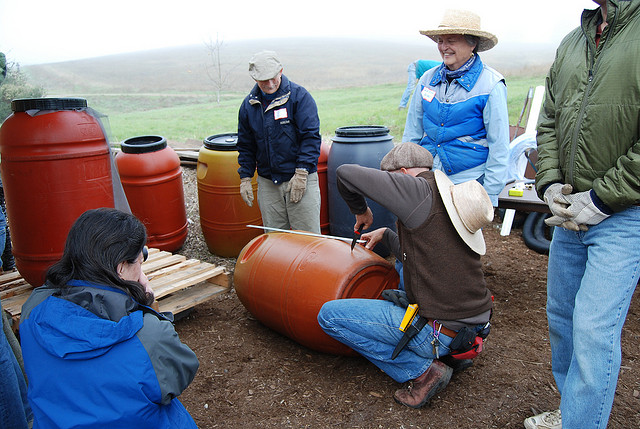
Water didn’t just pour into city streets during last week’s storm, it was also stashed away by rain harvesting enthusiasts.
“It’s crazy we have all this wasted water that is flooding our cities and we could be capturing and using it,” says Claire Elliot, a home owner in Palo Alto. Elliot has six barrels in her back yard that she uses to water her plants.
Though they hold a total of 300 gallons of water, she says all six filled up within a couple of hours.
“I was excited to see them fill up but the question is whether I can use all the water before the next storm event.”
The water is not potable but can be used as “graywater,” for outdoor irrigation, laundry and dish washing.

It hasn’t been universally embraced. In parts of the West, rainwater harvesting has been outlawed, seen as an infringement on those who have downstream water rights on rivers where that rain might end up.